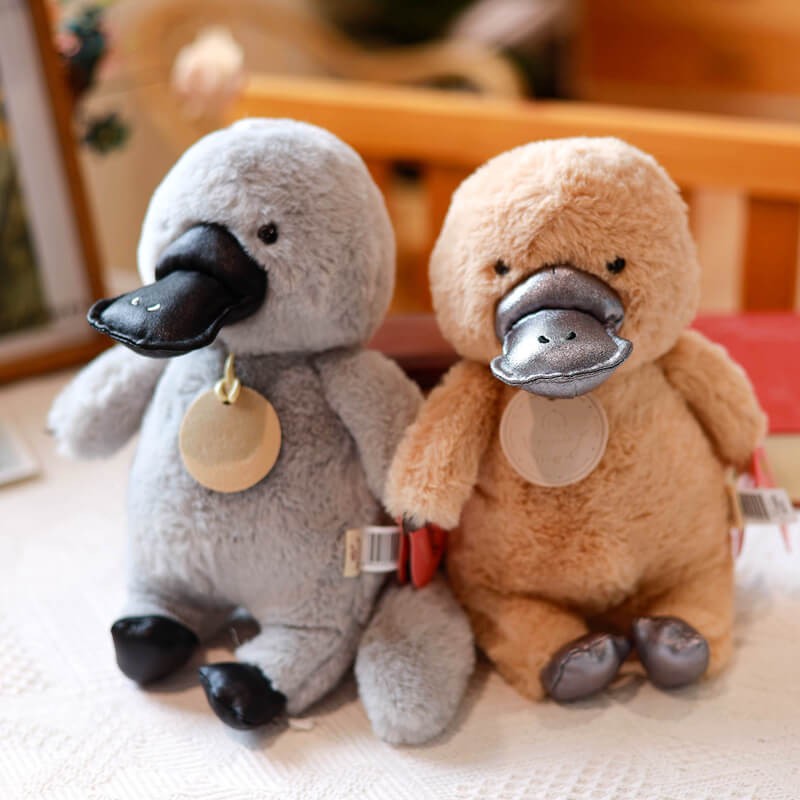The platypus, with its unique features like a duck-bill, beaver-tail, and otter-like body, is undoubtedly one of the most fascinating creatures in the animal kingdom. Native to Australia, these semi-aquatic mammals are known for their elusive nature and are a symbol of the country’s unique wildlife. Given their intriguing characteristics, it’s not uncommon for people to wonder, Can You Keep A Platypus As A Pet?
While the thought of owning such an extraordinary animal might be appealing, the reality is far from simple. Let’s delve into the reasons why keeping a platypus as a pet is not just impractical, but also illegal and detrimental to these incredible animals.
Understanding Why Platypuses Are Not Pets
Several compelling reasons make platypuses unsuitable and illegal as pets, focusing on their unique biology, conservation status, and legal protections.
Legal Restrictions: Protected Wildlife in Australia
The most immediate answer to “can you keep a platypus as a pet?” is a resounding no, particularly if you are not a licensed zoo or research institution. The Australian government strictly prohibits keeping platypuses as pets. They are a protected native species, and it is illegal to capture, keep, or export them without special permits, which are virtually impossible for private individuals to obtain. This legal protection is in place to safeguard wild platypus populations and ensure their conservation. Removing a platypus from its natural habitat is not only against the law but also harmful to the delicate ecosystem they inhabit.
Specialized Habitat and Care Requirements
Platypuses have very specific needs that are extremely difficult to replicate in a domestic setting. Their semi-aquatic lifestyle demands access to clean, freshwater rivers and creeks. They are adapted to spend a significant portion of their day foraging for food underwater.
- Diet: Platypuses are carnivorous and primarily feed on insect larvae, freshwater shrimp, worms, and crayfish. Providing a consistent supply of live or fresh, wild-sourced food that meets their nutritional needs would be incredibly challenging and expensive for a pet owner.
- Habitat: Replicating their natural habitat would require a large, custom-built enclosure with flowing fresh water, mimicking a river or creek environment. Maintaining the water quality, temperature, and natural ecosystem within such an artificial environment is incredibly complex.
- Nocturnal and Elusive Nature: Platypuses are naturally shy and nocturnal animals. They require a quiet, stress-free environment to thrive. The typical household environment, with its noises and activity, would be highly stressful and detrimental to their well-being.
Venomous Spur: A Potential Danger
Male platypuses possess a unique defense mechanism: a venomous spur on each hind leg. During the mating season, these spurs are used aggressively. While platypus venom is not lethal to humans, it can cause excruciating pain, swelling, and prolonged illness. This venomous capability poses a significant risk to any potential owner and highlights why they are not suitable for untrained handling in a domestic environment.
Conservation Concerns
Platypus populations are facing increasing threats from habitat loss, climate change, and predation. Removing individuals from the wild for the pet trade would further endanger their already vulnerable populations. Conservation efforts focus on protecting their natural habitats and mitigating threats in the wild, not on domesticating them. Keeping them in captivity outside of specialized conservation programs goes against these vital efforts.
 Cute plush platypus toy, a perfect substitute for a real pet platypus, available at pets.edu.vn.
Cute plush platypus toy, a perfect substitute for a real pet platypus, available at pets.edu.vn.
Appreciating Platypuses in the Wild
Instead of considering a platypus as a pet, the best way to appreciate these remarkable animals is to support their conservation in their natural habitats. You can contribute by:
- Supporting conservation organizations: Many organizations in Australia are dedicated to platypus research and habitat protection.
- Promoting habitat preservation: Advocate for the protection of freshwater ecosystems and responsible land management practices.
- Educating others: Spread awareness about the importance of platypus conservation and the reasons why they belong in the wild.
While you cannot legally or ethically keep a platypus as a pet, you can still admire and learn about them. For those who are captivated by their charm, a stuffed platypus plush toy can be a delightful and responsible way to enjoy their unique appeal without harming wild populations. They might be mysterious and elusive, but platypuses are a vital part of Australia’s biodiversity and deserve our respect and protection in their natural world.
